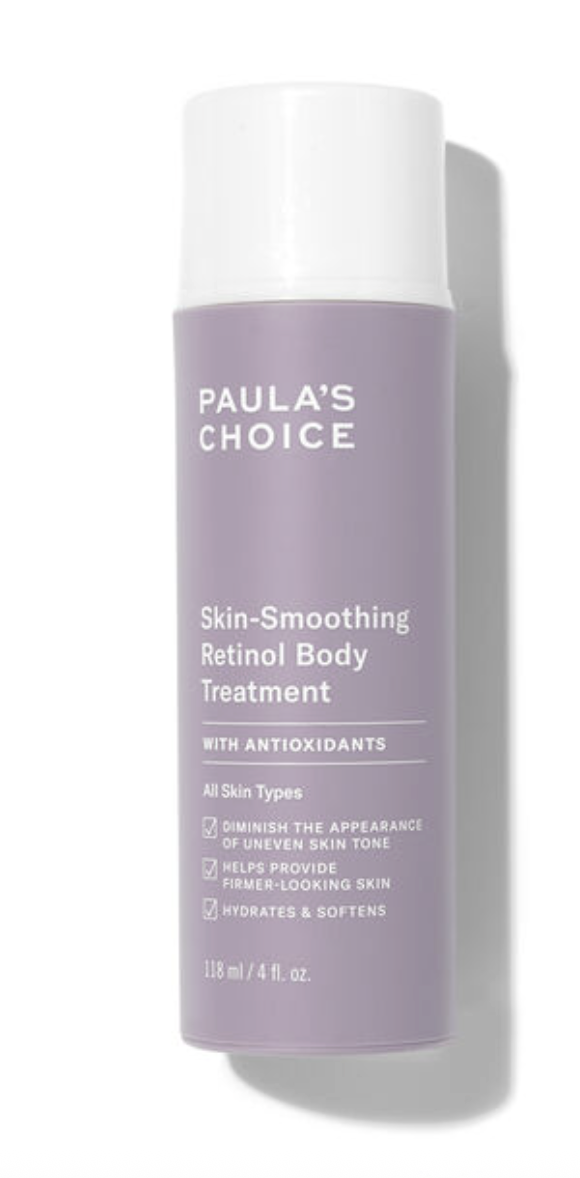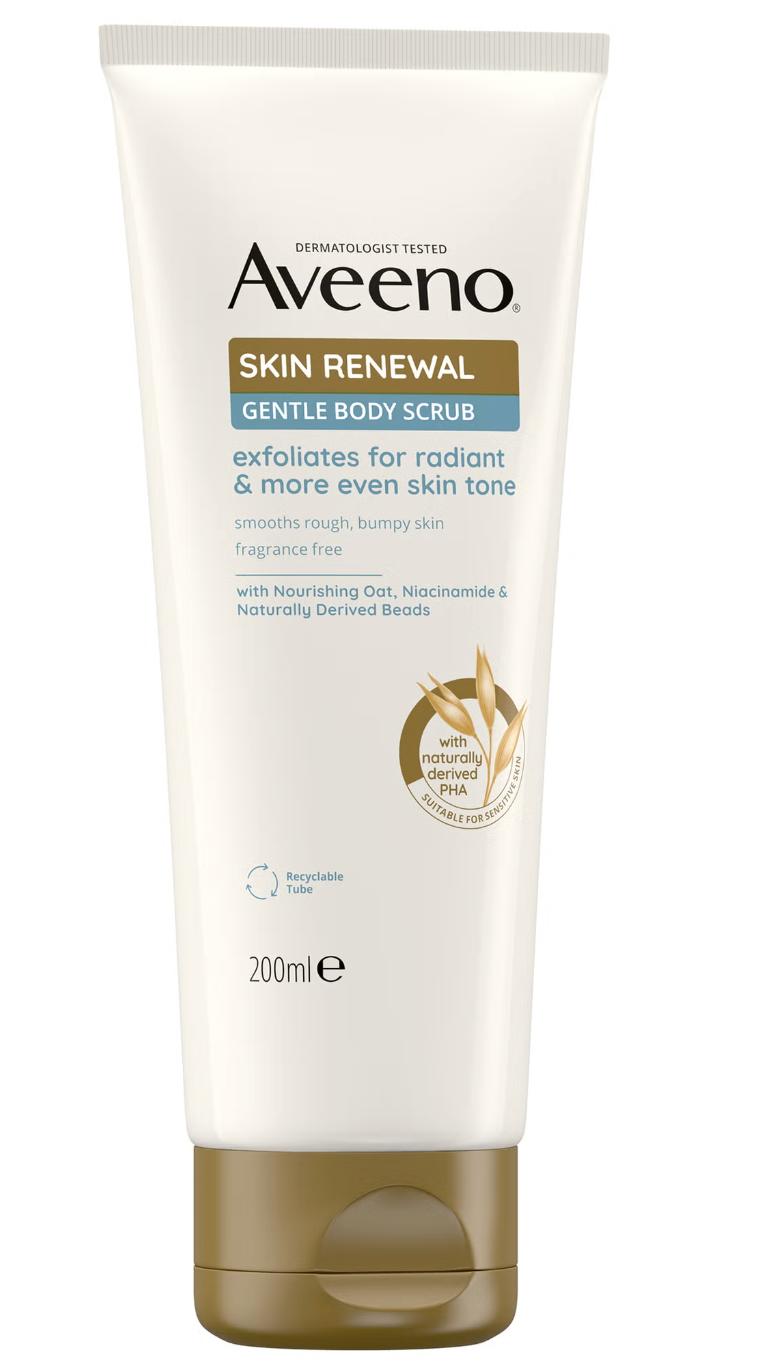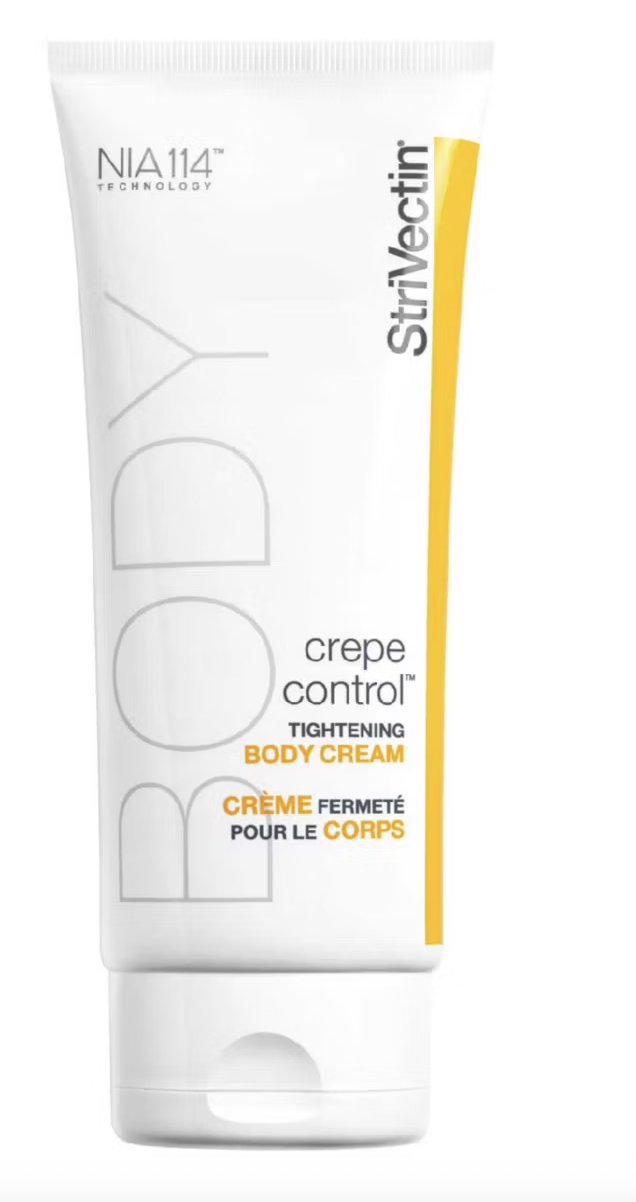Body Care’s Big Claims, Tested: What Works—And What Doesn’t
The derms weigh in


The market for body-specific skincare has experienced a significant surge. Shelves and social feeds are now full of luxe jars promising to smooth, tone and 'lift' skin from the neck down. But can a luxury lotion truly deliver anything more than hydration and a sense of hope? As a beauty editor, I love a high-performance formula, but at the same time, I’m allergic to products that promise the impossible. And it’s worth saying clearly: bodies aren’t meant to look 'perfect'—skin will shift, soften, change texture and shape over time, and that’s entirely normal.
To establish what’s real and what’s just clever marketing, I asked some of the UK's leading skin experts for clarity. Refreshingly, they all said the same thing: the right formula can improve texture, hydration and the overall quality of the skin—but no cream is going to hoist your thighs or upper arms into a new postcode. Realistic expectations required; good results still possible.
How the skin on our body ages
Ageing is driven by a mix of genetics, hormones and environmental stress—and none of it is a personal failing, just biology playing out over time. As skin expert Kate Kerr explains, as the skin matures, “its ability to renew and repair slows,” leading to a natural drop in firmness, hydration and surface smoothness. Years of sun exposure show up as pigmentation, crepiness and reduced elasticity. And the body is no exception. In fact, body skin often shows these shifts more noticeably because it has fewer oil glands and, frankly, receives far less daily attention. Faye Purcell, Head of Research & Development at Q+A, notes that “collagen and elastin decline, cell turnover slows, the barrier becomes less efficient, and the skin gradually thins,” resulting in dryness, uneven texture and visible laxity.
Aesthetic nurse Anastasia Koles adds that areas like the arms, stomach and thighs “lose firmness more noticeably than the face,” with hormonal changes, weight fluctuations and UV exposure accelerating the development of a crepey texture. Topical products can absolutely support the epidermis and encourage modest repair—but they can’t rebuild the collagen scaffolding of our twenties, which is why dermatologists caution against expecting transformational lifting from even the most luxurious creams.
A post shared by Nadine Baggott (@nadinebaggott)
A photo posted by on
Which body care ingredients make a difference?
This is where active ingredients really matter. Retinoids and hydroxy acids remain the two most evidence-backed categories for stimulating change.
Prescription-strength tretinoin and over-the-counter retinoids encourage collagen renewal, improve sun-damage markers and refine texture. Both Purcell and Koles list retinol among the few topical ingredients with genuine long-term potential, provided you use it consistently. Expect slow results (think months) and a period of irritation for most people.
AHAs like glycolic and lactic acid are standouts for smoothing roughness, softening keratosis pilaris and brightening dull patches. Koles stresses that “lactic acid and glycolic acid smooth roughness,” while Purcell adds that they soften rough, bumpy areas and restore radiance.
Celebrity news, beauty, fashion advice, and fascinating features, delivered straight to your inbox!
Niacinamide is repeatedly praised by experts. Purcell describes it as an ingredient that “calms redness, reduces inflammation, and strengthens the skin’s barrier,” while Koles notes its role in improving tone and supporting circulation. Peptides, ceramides, cholesterol and fatty acids support hydration and barrier health. Vitamin C and tyrosinase inhibitors can help with pigmentation from years of incidental sun exposure — something Kerr highlights: “Niacinamide, azelaic acid, vitamin C and other tyrosinase inhibitors help to treat the hyperpigmentation that occurs due to years of sun exposure.”
None of these ingredients 'lift', but they can deliver visible improvement in texture, brightness, suppleness and overall skin quality when used correctly.
Don't be seduced
Many claims hinge on creative copywriting rather than clinical reality. Cellulite is a prime example. Nurse Jolanta Rusakoviene puts it plainly: “Cellulite is structural, not a skin issue… Topicals can smooth, hydrate and soften dimpling, but they cannot remove it.” If a product claims to 'melt', 'erase' or 'vanish cellulite, it’s veering into fantasy.
Collagen creams are another classic trap. Purcell clarifies: “Topical collagen boosts hydration and plumps the surface, giving the appearance of smoother, bouncier skin,” but the molecule cannot rebuild your own collagen network.
Kerr warns not to get seduced by marketing theatre: “Don’t be taken in by the pretty bottles and delicious smells! Invest in formulas with clear, evidence-based ingredients.” High prices do not guarantee higher concentrations of actives, and glossy packaging can distract from weak formulations.
A post shared by Dr Nora (@dr.nora.uk)
A photo posted by on
Application: the overlooked factor
One theme every expert raised—frequency matters as much as formulation. Rusakoviene is firm: “The way you use body products is almost as important as what is inside them… Retinol or acids applied once a week won’t produce visible results. Aim for three to four nights a week for active formulas, and daily application for hydrating creams.” She emphasises night-time use for retinoids and acids, and hydration with a lotion or oil straight after a shower for maximum absorption.
Kerr also stresses daily exfoliation—either chemical or physical—to regulate cell turnover and enhance product penetration. And Purcell reminds us that meaningful improvement requires habit: “There’s no single miracle ingredient… small, repeated routines make the biggest long-term difference.” Massage, too, isn’t just self-care; it boosts circulation and helps actives work more effectively.
The bottom line
Body skincare isn’t a con—several ingredients offer credible, measurable benefits for texture, hydration and surface appearance. If you want smoother, brighter, less bumpy skin, choose formulas with proven actives, use them consistently, and treat application as part of the results—not an afterthought. For me, false tan is genuinely one of the most effective optical tricks for disguising the bits I’m self-conscious about. It evens tone, softens contrast and makes everything from spider veins to lumps, bumps, and textural quirks far less noticeable.
Body care worth buying

Charley is a freelance beauty journalist and contributor to Marie Claire with over 20 years of experience working in the beauty and fashion industry.





